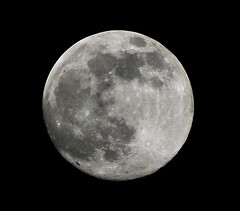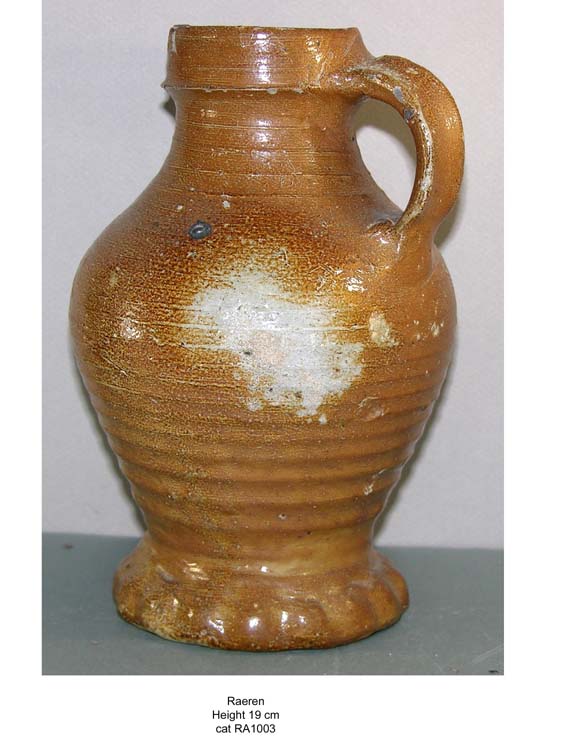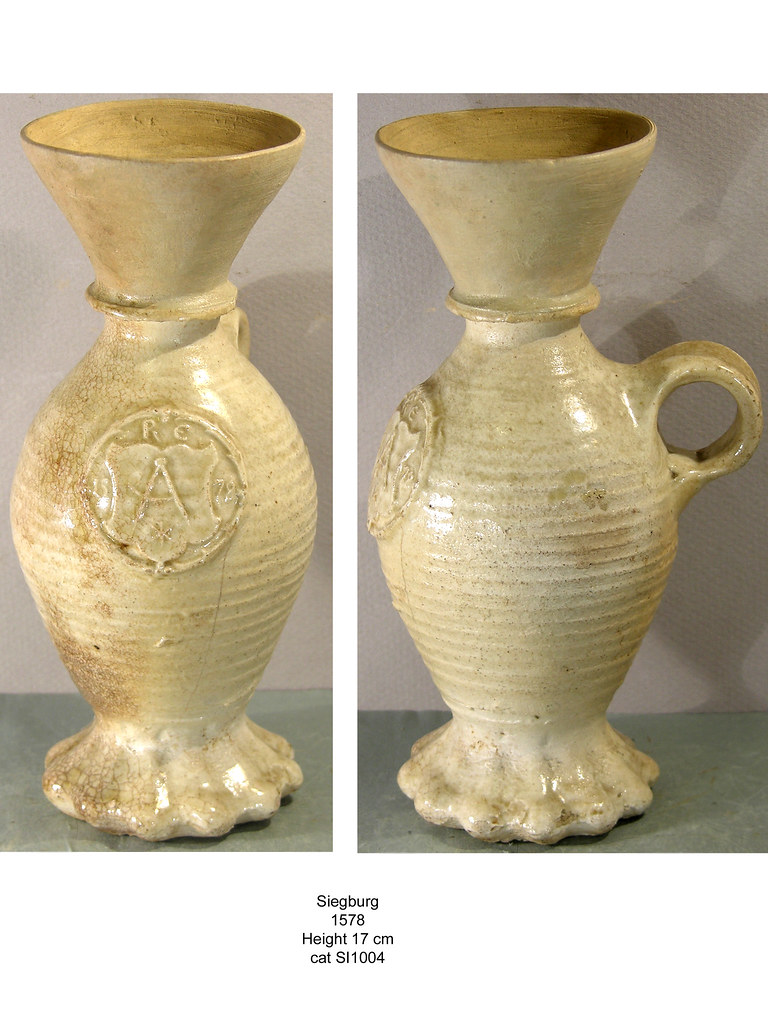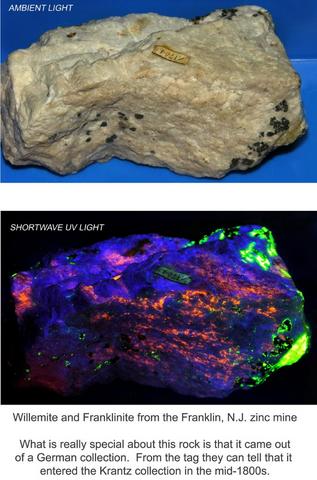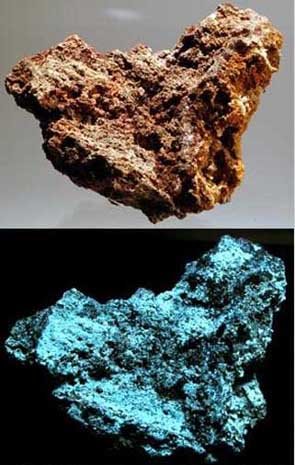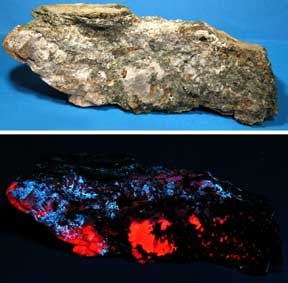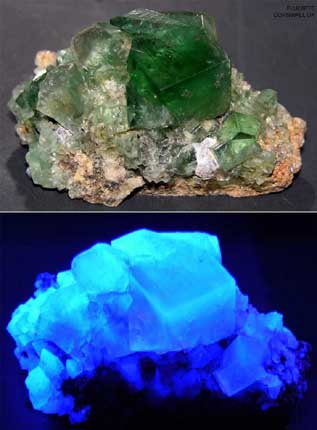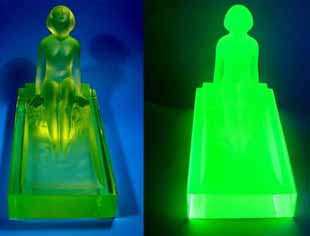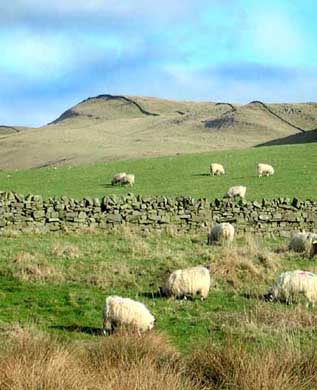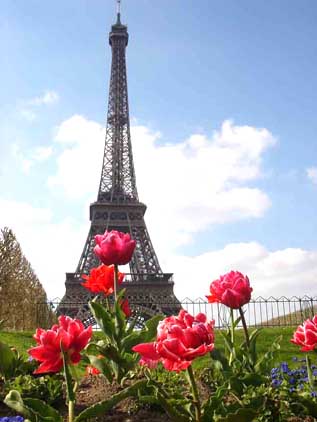Water In The Desert
I think it was Mark Twain who said, “Whiskey is for drinking, and water is for fighting.” Certainly here in the arid southwestern part of the United States who gets the water and who doesn’t is a critical issue. The poor Mexicans who die of thirst in the middle of the desert really understand how vital water is. Without water entire civilizations just vanish, practically overnight.
-
Totally off the subject, but perhaps of interest to locals, the brother of Samuel Clements (Mark Twain) owned a place south of Kelly, New Mexico.
-
El Paso, Texas may be a sleepy, extremely poor and backward border town in many ways. But in the area of water conservation El Paso sets the standard that other cities try to live up to. Currently on a per capita basis residents use the same amount of water that they did in the 1950s. The people of El Paso have really done a fine job of changing over to desert landscaping and other areas of water conservation. The farming community and industry has also done its part.
 Today the local water utility had a grand opening of a desalination plant which takes the city to the next bar. Large groups of people were being given tours. I was very fortunate indeed to get a one-on-one tour by the number two man in the facility.
Today the local water utility had a grand opening of a desalination plant which takes the city to the next bar. Large groups of people were being given tours. I was very fortunate indeed to get a one-on-one tour by the number two man in the facility.
Traditionally El Paso has used a great deal of filtered river water during the irrigation season and also has pumped out vastly more ground water than is recharged. When the dam at Elephant Butte is closed down and during times of drought the small amount of water that runs in the Rio Grande is largely sewage effluent from cities upstream of El Paso. So at these times the city relies 100% on well water.
When you drill down about 400 or 600 feet one reaches the top of the Hueco Bolson water table. This is essentially geologic water that came from rain many thousands of years ago. It resides in sand and fractured rock, not in some kind of a big underground cavern. This water has sat here placidly for so long that the heavier salty (brackish) water has sunk to the bottom, and floating on the very tippy top of the aquifer there is (or was) nice clean drinking water.
Since the 1950s El Paso has pretty much used up almost all of this fresh water that was floating on the top.
The new desalination plant takes the salty water (of which there is a vast quantity) and removes the salt using the reverse osmosis process. The effluent of extremely salty water is pumped 22 miles to the northeast, then injected into very deep wells about 2,500 feet below the surface. Out near the Texas/New Mexico line, McGregor Range, and right next to the Hot Wells archaeological site.
This new facility in El Paso, Texas is the largest inland desalination plant in the world. Of course there are larger desalination facilities right on the ocean. But nothing close to this inland. This new plant puts out 30,000,000 gallons per day of beautiful tasting fresh drinking water.
Most reverse osmosis (RO) systems require that the input water be brought up to a very high pressure, say 400 pounds per square inch. The pumps to do this require a lot of kilowatts of electricity so they are expensive to run. Since the El Paso desalination plant is not starting with sea water, but much less salty water coming from the Hueco Bolson, in the RO plant in El Paso the water only has to be brought up to about 90 psi. Your normal tap water may be 60 psi or much more in some cases.
I have maintained for some time that anyone who maintains a large lush lawn of grass at the home in the middle of the desert is being socially irresponsible. It is nice that there are intelligent people working for the government who also are looking towards the future.
Link: http://www.epwu.org/147070716.html
El Paso, Texas may be a sleepy, extremely poor and backward border town in many ways. But in the area of water conservation El Paso sets the standard that other cities try to live up to. Currently on a per capita basis residents use the same amount of water that they did in the 1950s. The people of El Paso have really done a fine job of changing over to desert landscaping and other areas of water conservation. The farming community and industry has also done its part.
 Today the local water utility had a grand opening of a desalination plant which takes the city to the next bar. Large groups of people were being given tours. I was very fortunate indeed to get a one-on-one tour by the number two man in the facility.
Today the local water utility had a grand opening of a desalination plant which takes the city to the next bar. Large groups of people were being given tours. I was very fortunate indeed to get a one-on-one tour by the number two man in the facility.Traditionally El Paso has used a great deal of filtered river water during the irrigation season and also has pumped out vastly more ground water than is recharged. When the dam at Elephant Butte is closed down and during times of drought the small amount of water that runs in the Rio Grande is largely sewage effluent from cities upstream of El Paso. So at these times the city relies 100% on well water.
When you drill down about 400 or 600 feet one reaches the top of the Hueco Bolson water table. This is essentially geologic water that came from rain many thousands of years ago. It resides in sand and fractured rock, not in some kind of a big underground cavern. This water has sat here placidly for so long that the heavier salty (brackish) water has sunk to the bottom, and floating on the very tippy top of the aquifer there is (or was) nice clean drinking water.
Since the 1950s El Paso has pretty much used up almost all of this fresh water that was floating on the top.
The new desalination plant takes the salty water (of which there is a vast quantity) and removes the salt using the reverse osmosis process. The effluent of extremely salty water is pumped 22 miles to the northeast, then injected into very deep wells about 2,500 feet below the surface. Out near the Texas/New Mexico line, McGregor Range, and right next to the Hot Wells archaeological site.
This new facility in El Paso, Texas is the largest inland desalination plant in the world. Of course there are larger desalination facilities right on the ocean. But nothing close to this inland. This new plant puts out 30,000,000 gallons per day of beautiful tasting fresh drinking water.
Most reverse osmosis (RO) systems require that the input water be brought up to a very high pressure, say 400 pounds per square inch. The pumps to do this require a lot of kilowatts of electricity so they are expensive to run. Since the El Paso desalination plant is not starting with sea water, but much less salty water coming from the Hueco Bolson, in the RO plant in El Paso the water only has to be brought up to about 90 psi. Your normal tap water may be 60 psi or much more in some cases.
I have maintained for some time that anyone who maintains a large lush lawn of grass at the home in the middle of the desert is being socially irresponsible. It is nice that there are intelligent people working for the government who also are looking towards the future.
Link: http://www.epwu.org/147070716.html


